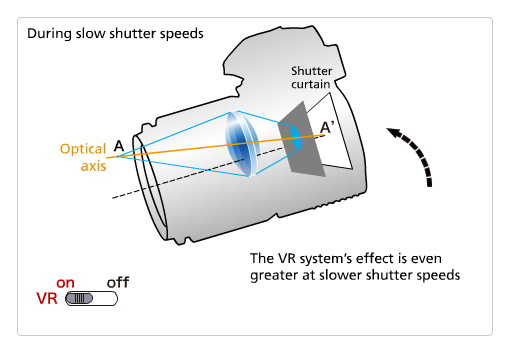Featured Products
Sigma has been ordered to pay about $14.5 million to Nikon after being found guilty of infringing the FX and DX camera maker’s Vibration Reduction technology patents by the Tokyo District Court.
Almost three years have passed since Nikon has decided to file a lawsuit against Sigma, a company that manufactures lenses for Nikon DSLRs and others.
The two parties have been unable to reach a deal before May 2011 outside of court, so the FX and DX camera maker has taken things to the next level during the second quarter of 2011.
The Tokyo District Court has received a complaint from Nikon claiming that Sigma is infringing its Vibration Reduction technology in six lenses. The manufacturer has revealed that Sigma does not have any rights to use VR technology in the sextet and has asked for 12 billion yen / about $120 million in compensation.
Tokyo District Court says Sigma will have to pay Nikon $14.5 million in patent infringement case

Sigma has been found guilty of infringing Nikon VR technology patents and will have to pay $14.5 million in compensation.
After roughly three years, Judge Shigeru Osuka has finally delivered the verdict, forcing Sigma to pay 15% of the total profits it made by selling the unnamed six lenses.
The Tokyo District Court has reached the same conclusion asserted by Nikon, but the compensation is much smaller than the one mentioned in the complaint.
The profits have reached about 10.1 billion yen therefore the 15% compensation stands at 1.5 billion yen / about $14.5 million. Moreover, if Sigma continues to sell those products, then it will have to send 15% of the profits in Nikon’s direction.
Sigma’s VR system is 15% inspired by Nikon VR technology patents
Judge Osuka has motivated the decision by revealing that the Nikon’s VR patents date back to 2002. The vibration detection device captures camera shakes and reduces their influence in order to “allow more accurate photo shots”.
Sigma has defended itself by claiming that the patent does not refer to technology that cuts down the impact of camera shakes. However, the Tokyo District Court judge says that such specifications are included in the parts where the patent “allows image blur to be reduced”.
This “image blur prevention system” has been invented by Nikon and its contribution to Sigma’s technology stands at 15%, said Mr. Osuka. As a result, 15% of the 10.1 billion yen profits made from the lenses included in the case will be transferred to Nikon’s bank accounts.
What happens next?
As stated above, Sigma will pay 15% royalties of all profits for the six lenses. It is unknown whether the company can appeal the decision or this is the final one in the case concerning the Nikon VR technology patents.
Both Nikon and Sigma have declined to comment the Judge’s “curious” decision. It appears that the case has previously been dismissed by Mr. Osuka in January 2013 following Nikon’s inability to provide adequate evidence.






































